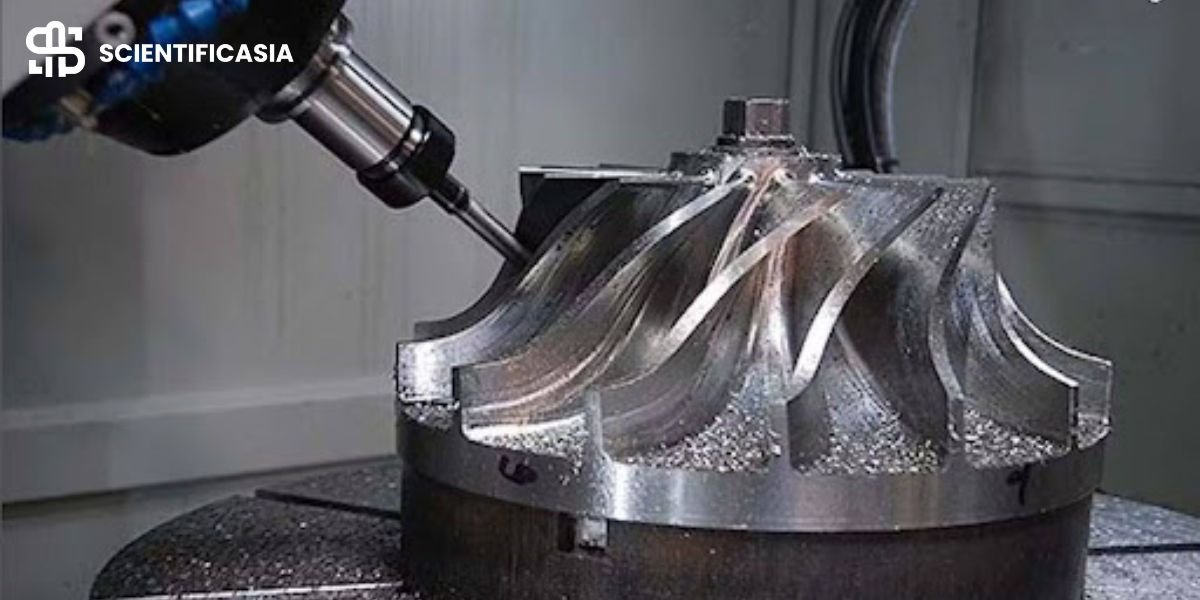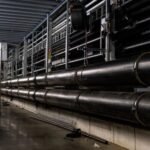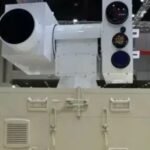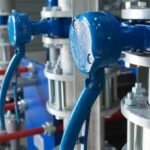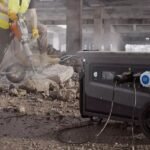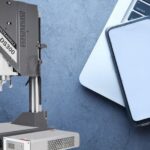CNC machining has come an integral part of the medical device assiduity, playing a vital part in the prototyping phase. Precision, speed, and inflexibility are essential when it comes to designing medical bias that meet strict quality norms. This composition explores how CNC machining, specifically rough machining and 5- axis CNC machining, contributes to the development of medical device prototypes.
What’s CNC Machining?
CNC( Computer Numerical Control) machining involves the use of computer-controlled machines to automate and control the movement of tools for cutting, shaping, and finishing accouterments. The technology is essential for producing high-precision corridors. It is generally used in medical device prototyping due to its delicacy and capability to work with a variety of accoutrements, including essences, plastics, and mixes.
Why CNC Machining is Ideal for Medical Device Prototyping
Medical bias frequently bear factors that aren’t only precise but also meet rigorous safety and nonsupervisory norms. CNC machining offers several advantages when it comes to prototyping, including
High Precision: CNC machines can produce corridor to exact specifications with tight forbearance.
Speed and effectiveness: The robotization and computer control speed up the process, enabling brisk prototyping.
Material Inflexibility: CNC machining is capable of working with various accouterments generally used in medical bias, similar to titanium, pristine swords, and medical-grade plastics.
Complex Designs Advanced: CNC machining ways, like 5- axis machining, allow the creation of complex shapes that would otherwise be challenging to achieve.
Read more:
Lithium Batteries in Portable Medical Equipment: Powering Care Anywhere
How To Efficiently Repair & Refurbish Medical Equipment: Things To Know
Crucial CNC Machining ways for Medical Device Prototyping
Rough Machining
Rough machining is an essential step in the CNC machining process, particularly for medical device prototypes. It refers to the original phase of machining where large quantities of material are removed snappily and efficiently. During rough machining, the goal is not to achieve the final face finish but to bring the part closer to its desired shape. This process employs larger slice tools and advanced feed rates to eliminate bulk material, paving the way for the subsequent addition of finer details.
In medical device prototyping, rough machining is important for:
Reducing Material: Waste By removing redundant material snappily, rough machining minimizes waste, which is both cost-effective and environmentally friendly.
Time Efficiency: The rough machining stage allows for quick shaping of the element, reducing overall lead time in the prototyping phase.
Preparing for Precision: Machining This process provides the foundation for more detailed machining tasks, such as finishing and polishing, ensuring that the element is prepared for further intricate procedures.
5- Axis CNC Machining
5- axis CNC machining is a largely advanced fashion that allows the tool to move along five axes contemporaneously, enabling the creation of complex and intricate designs. Unlike traditional 3- axis machining, which can only move along the X, Y, and Z axes, 5- axis machining allows for further inflexibility and perfection.
In medical device prototyping, 5- axis CNC machining is particularly salutary for several reasons
Complex shapes: Numerous medical biases, similar to implants, surgical tools, and customized prosthetics, bear corridor with complex shapes. 5-axis machining enables the production of these components without requiring multiple setups.
Increased Precision: With the capability to approach the workpiece from multiple angles, 5- axis CNC machining reduces the chance of errors and misalignment, ensuring high-quality results.
Faster product: The capability to machine multiple sides of a part in one operation reduces the need for displacing, performing in briskly product times.
5- axis machining is ideal for medical device prototypes where perfection, functionality, and complexity are critical.
How Medical Diagnostic Testing Equipment Helps Healthcare?
Benefits of CNC Machining for Medical Device Prototyping
Faster Time-to-request
CNC machining enables rapid prototyping, allowing manufacturers to produce functional prototypes in a shorter period. This speed is pivotal for medical device companies, where time-to-request can significantly impact success.
Cost effectiveness
While high perfection is essential, prototyping with CNC machining also offers cost-effective results, particularly with rough machining ways. Removing material snappily reduces the quantum of material needed, lowering costs.
Regulatory Compliance
Medical device manufacturers must cleave to strict assiduity regulations. CNC machining ensures that corridors are produced with the necessary perfection, reducing the chances of blights that could affect compliance with regulations similar as ISO 13485 or FDA norms.
Conclusion
CNC machining, including rough machining and 5- axis CNC machining, plays a pivotal part in the prototyping process for medical bias. These ways allow for high perfection, cost-effectiveness, and brisk production times while enabling the creation of complex, intricate designs that meet strict nonsupervisory norms. As medical technology continues to evolve, CNC machining will remain at the vanguard of prototyping, ensuring that innovative results can be brought to life efficiently and effectively.

